
You may have heard already that proper physical activity can help us heal and recover better and more quickly and give us an edge over all kinds of disease and injury. In fact, exercise is nature’s best medicine.
We tend to think of exercise as a preventive measure — something that helps us maintain our general fitness and keep excess weight at bay. But in reality, exercise has a vast range of healing influences on the body — influences that can help reverse negative biochemical trends, while improving our resiliency and immunity at virtually every level of our physiology.
Research is uncovering how good levels of strength and fitness has global body healing effects, working simultaneously on multiple systems to improve physical, mental, and emotional health and well-being.
Sure, being physically active with the right exercise builds and maintains muscle and bone and makes our heart work better, but, it also changes the way our genes function, making it less likely that we will get cancer, that our arteries will harden or that we will suffer from depression. Better yet, in the event these or other maladies do befall you, there is tons of evidence that exercise can help you recover from them more easily and successfully.
In fact, proper exercise aids nearly every system in the body. Since these systems are interconnected, it can be difficult to categorize proper exercise’s many specific benefits. That’s why, in the interest of giving exercise at least a little more of its considerable credit, here is just a few of the powerful ways exercise heals.
Read on, and then kick your body’s own healing engines into high gear.
-
Muscle and Bone Building and Maintaining
Over time, and especially with not enough physical activity for our muscles, our bone density deteriorates as the pulling of the muscles on the bones is what keeps them strong. It’s a mechanical thing. When bones sense load (when muscles are being used), a small electrical signal causes the bone to respond and grow.
Without this trigger normal bone loss becomes osteoporosis which is the reality for the millions of people who do not do enough muscle building and maintain activity. It’s a proven fact that strengthening exercise at any age just twice a week can avoid bone loss and can even increase it in as little as one year.
It’s vital to build (and rebuild) strong bones and muscle through exercise if you want to enjoy your full vitality and mobility for the long haul. Exercise improves circulation, neurological activity and a variety of biochemical influences that promote healing.
Skeletal muscle has the remarkable ability to regenerate itself in response to injury. Gentle stretching and range-of-motion exercises are key to getting blood to the area and facilitating proper healing – so good strength, fitness levels along with good flexibility are key to avoiding and recovering from musculoskeletal injuries of all kinds.
-
Keep Your Heart Healthy With a Regular Beating

Most of us don’t think about our heart much. As long as this mysterious beating organ is doing its job in keeping us alive and breathing we tend not to have cause to even give it a second thought. And yet we should give our heart health some thought as heart disease is not just a condition that strikes older people.
Like so many other diseases that used to be the sole domain of older people heart disease is now making a play for people of much younger ages that you would expect. Heart disease is the number one killer in the developed world and now accounts for 40 percent of all deaths.
One of the reasons that many people may ignore the possibility of developing this villain is that it is a gradual, lifelong process that people cannot see or feel. Heart disease doesn’t happen out of the blue and that is why you need to give the health of your heart the attention it deserves.
We used to think that if our blood pressure was raised it was just part of getting older, nothing we could do about it. But now we know that it is not caused by passing birthdays but is in fact an indicator of silently advancing disease.
This raised pressure is the cause of much of the trouble that leads to heart disease. It starts in the arteries, the tubes that carry the blood and allow it to flow to the body’s organs, cells and tissues. Fatty deposits clog and narrow these tubes restricting blood flow and placing additional permanent strain on the heart system and damaging the walls of these plumbing pipes.
The best protection you can give yourself is to strengthen your whole body which includes the heart. After all this mother of all muscles responds to proper exercise just the same as every other muscle in your body – it thrives on it, growing stronger and more efficient.
Taking the time to strengthen the heart is like buying health insurance.
Instead of money paid the required premium is a regular installment of exercise. The type of exercise has to be right though to properly condition the heart. Strength training exercise is the magic bullet that will beef up the strength and resilience of the heart muscle protecting it from disease.
As your overall strength improves your heart will become more efficient and this can be measured by a reduced or slower resting heart rate. This is the number of heart beats per minute taken when you first wake up and before you get up in the morning.
If you can reduce this number by 10 beats per minute and you will with increased fitness, each day you will save your heart approximately 14,000 beats per day. This is where you can get increased longevity from a proper exercise program which will not only add more active and productive years to your life but lots of life to your years.
To properly condition your heart the exercise program need to be performed at the correct level of intensity. Don’t think a gentle stroll is going to do it as it won’t even come close.
Strength training exercise will make your muscles stronger so they can act like auxiliary pumps taking some of the load off the heart. When your muscles are firm and toned they help squeeze and ‘milk’ blood around the body every time you move. This extra overall body strength also helps the heart function more efficiently when placed under a load such as lifting or carrying objects or during vigorous activity.
If you plan on living a long time and wish to be active and well beyond your eighties you need to take care of your ‘ticker’. Don’t just assume it is healthy just because it keeps on beating. Remember each time you workout at your exercise program it gets a workout as well. And this is the recipe to keep you and it strong and healthy.
-
Your Mental and Emotional Health Needs Exercise to Remain Healthy
We are all aware of the benefits of proper exercise on the health of our body. We know it tones our muscles, burns fat, helps circulation, and reduces our disease risk. But what about the benefits exercise has on our mental health?
While the majority of fitness research efforts focus on the physical and health benefits of exercise, there is a growing body of work demonstrating that exercise promotes mental and emotional health as well.
Firstly exercise makes you feel good. When you exercise (with some effort of course) there are a cocktail of hormones released that stay in your system for some time after you finish, lifting your mood and banishing any trace of any negative feelings.
Some of the exercise benefits that can make life so much better are:
- by reducing stress hormones (cortisol), which are linked to depression
- by restoring sleeping and eating patterns, raising energy levels
- by releasing endorphins, the ‘feel good’ hormones
- getting in better physical shape improves self-esteem
- manage feelings of anxiety, sadness, tension and anger
- improves blood flow to brain, cut Alzheimer’s risk by 40 percent
- great alternative treatment for depression
Our mental health is important and its health does not lie with taking pharmaceutical drugs. Prescriptions for antidepressants have increased 400 percent in the last decade with a third of the adult population now taking a mood altering drug.
It’s a staggering fact that children as young as two years old are prescribed these drugs. Yet research shows that physical activity has the same effect as chemically addictive antidepressants and unlike these drugs has no negative side effects.
It is so much better for your health to avoid using drugs if possible as they can interfere with brain biochemistry. Our knowledge of how drugs affect the brain is in its infancy.It gives cause for concern that prescriptions for these unnecessary drugs are so freely given out. The same prescription pad could be used for a much healthier alternative – exercise.
Attitudes need to change so that people take more responsibility for their own health and wellbeing. There are much healthier options available that address the cause of the problem not just mask it, and that is exercise.
Take some time out for a proper structured exercise program and discover how you can feel joy and pleasure just being in your own body. Exercise is not a task or punishment and vigorous movement is something the human body needs to maintain wellness and can be viewed as self-care that can help prevent physical, mental and emotional conditions.
You don’t have to spend hours to gain these benefits; just a couple of sessions each week of strength training exercise will make you feel fantastic.
-
Dials Down Inflammation
We know now that inflammation is one of the fundamental underlying causes of almost all chronic preventable “lifestyle” disease. It is the common thread that links together a lot of different problems, and for the first time, science is beginning to understand these underlying roots of illness.
What is inflammation?
The human body was designed for constant activity and evolved with movement.
Our history dictates that the vast majority of human existence was steeped in the harsh realities of the natural world. Our ancestors did low intensity activity all day every day and were forced to engage in vigorous movement to find food and shelter and avoid danger.
This extreme physical reality made injury and infection commonplace and inflammation; the body’s natural protective mechanism for healing was produced in response to these physical insults. Over thousands of years the human body evolved and used acute inflammation to heal, repair, and regenerate itself.
Vigorous human movement was an essential part of this healing and regenerative process creating an anti-inflammatory and growth stimulating effect keeping inflammation under control.
With the arrival of the industrial and technological revolutions human movement came to a crawl removing the unique anti-inflammatory and growth stimulating effects of exercise therefore leaving inflammation unchecked.
Inflammation is one of the body’s natural protective mechanisms, but when it becomes chronic it can turn destructive. As human movement has continued to decrease chronic inflammation has become rampant and contributes to all the major killer diseases, illnesses and conditions.
In modern day life, the human body is confronted with persistent stress. Along with this stressful lifestyle, humans are no longer dependant on movement and its growth stimulating and healing effects. Three major factors are at the root cause of inflammation, not enough exercise, a diet based on processed foods and too much stress. As a result, acute and controlled inflammation has given way to continual chronic low level inflammation.
While inflammation is often thought of as destructive, it is actually a closely orchestrated event that first produces pain, redness, swelling, heat and tissue destruction, but then is followed by repair.
Inflammation occurs after tissue injury and in response to foreign cells such as viruses, bacteria and cancer cells. Whether you cut your finger, catch a cold or run a marathon, the mechanism is the same. The inflammatory process is mediated by a variety of immune cells and dozens of chemical messengers in the blood increasing blood flow and sending in an army of white blood cells and nutrients to the scene.
These cellular mercenaries stop tissue damage, destroy lurking bacteria, remove waste materials, and rebuild tissues. Tissues grow back stronger, more efficient, and more able to withstand future forces.
Under ordinary circumstances, inflammation is a healthy process that comes to the body’s aid when it’s injured. By the time you can see and feel physical signs of inflammation — heat, soreness and swelling — the damaged area is probably well on its way to healing.
Unfortunately, inflammation isn’t always so exact. Like a houseguest who overstays his welcome, inflammation sometimes hangs around too long and refuses to leave. Aging is one of the biggest risk factors for inflammation, since, as we age, our bodies are less able to disarm the inflammatory process.
Lack of physical activity, poor diet, high blood pressure, heavy drinking or smoking can also fuel the flames.
When the inflammation switch refuses to turn off, the body operates as if it is always under attack. White blood cells flood the system for weeks, months and even years.
The problem is that the immune system can’t handle the constant demand. When the immune system becomes drained, the body then has difficulty warding off other illnesses. For instance, viruses, bacterial infections, even cancer cells that are normally destroyed by a healthy immune system can now slip under the body’s radar.
Your body may already be under fire from inflammation caused by stress, poor diet and a couch-potato lifestyle. Inflammation can operate in stealth mode for years. When symptoms do finally become apparent, it’s usually in the form of one of the “big three” heart disease, cancer, diabetes, or any one of hundreds (even thousands) other inflammation-related diseases.
Exercise IS Medicine

Exercise is a readily accessible, safe, and inexpensive anti-inflammatory medicine.
Inflammation is the body’s natural means of stimulating healing, but when continuous and chronic it becomes damaging and detrimental to health. Properly performed exercise releases signalling molecules that stimulate a unique healing response that couples both inflammatory and anti-inflammatory mechanisms to repair, regenerate, and grow tissue stronger.
Exercise can have a significant effect on not only inflammation, but whole body fuel usage, and tissue repair.
-
Helps Your Hormones
You will hear a lot about hormones these days as it is very big business as we continue to uncover how the depletion of our body’s hormones is a major cause of the premature aging and “lifestyle” disease.
The granddaddy of all of our hormones is our very own growth hormone often called the “youth hormone”. When it falls below a certain level required to keep our body in good running order signs of aging appear. Things like a loss of muscle strength, body fat increasing around the mid-section, heart and lung power declining, height shrinking, loss of vital energy and a general feeling of one’s life force being drained away.
The really good news is you can keep your body producing this special hormone so it can keep rejuvenating you right down at cellular level. This will give you not only a better quality of life in the short-term it will likely give longevity as well.
There is only one way you have any chance of increasing this hormone naturally and that is when you “work” your muscles regularly with proper strength training exercise. Intense muscle movement is what stimulates this and other youth hormones as the brain receives signals that strength is needed.
The body responds as it is the most basic of the laws of nature – the old “use it or lose it” scenario. The body does not know how old you are but it does know when it is no longer receiving message that strength is needed. Staying strong is the key to remaining “youthful” regardless of age.
Do not think you will get the same results with any low intensity activity like walking, tennis, cycling or swimming. These types of activities DO NOT work the muscles directly under a load so are not intense enough to stimulate the “strengthening” hormones that will keep you young.
Don’t be mislead into believing that any cardio type activity such as walking, jogging or cycling can give these benefits as it won’t. Time spent on these activities will leave less time for the proper exercise that will work at keeping your hormonal army working for you.
Recreational activities are fine as part of an active lifestyle but can never replace muscle building and toning exercise which is what we lose at the rate of around one half pound per year after our mid 20’s (this rate doubles after age 50) for the rest of our lives unless you work to keep it. Do your proper program first then if there is time left over add in other “recreational” activities.
Last Word
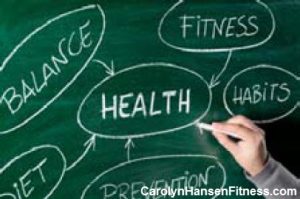 People are falling over themselves to look and feel younger. We know this because millions of dollars are being spent each year on all sorts of so called anti-aging products. These products range from surgical options to injections, therapies, supplements, pill and creams. Yet the very ‘real deal’ for staying younger and healthier is right under their noses.
People are falling over themselves to look and feel younger. We know this because millions of dollars are being spent each year on all sorts of so called anti-aging products. These products range from surgical options to injections, therapies, supplements, pill and creams. Yet the very ‘real deal’ for staying younger and healthier is right under their noses.
Proper exercise will give you benefits that none of the above methods can ever give you.
None of them can:
- transform your body
- give you unlimited energy and vitality
- make you stronger and more vibrant
- make you mentally strong and resilient
- prevent you from disease and illness
- prevent you from having aches and pains
- give you long-lasting health for life like proper exercise does… so get started and never stop..
You can trigger your body’s anti-aging and wellness process…IF you know what I know.
If you ready to tap into the power of your self-healing processes in order to MAXIMIZE your level of health…
“Activate The Self Healing Process Within You” can help you do just that.
It reveals powerful but “simple Lifestyle Strategies to help resist aging and maintain superior health.” Inside, you’ll learn the best natural techniques for preparing your body to defend itself against disease no matter how insidious the threat.
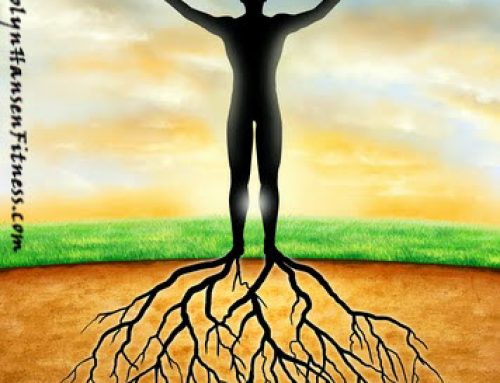
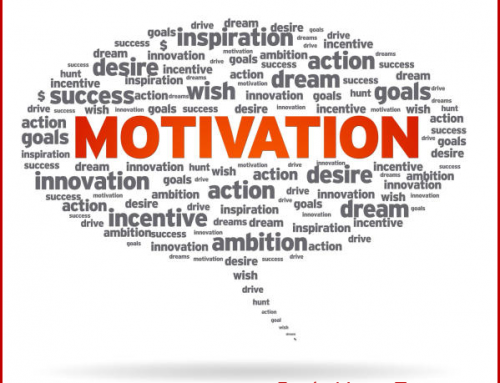
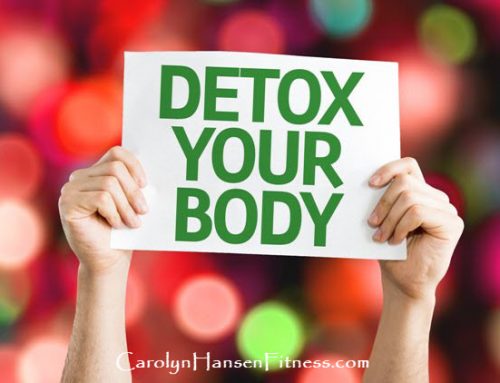
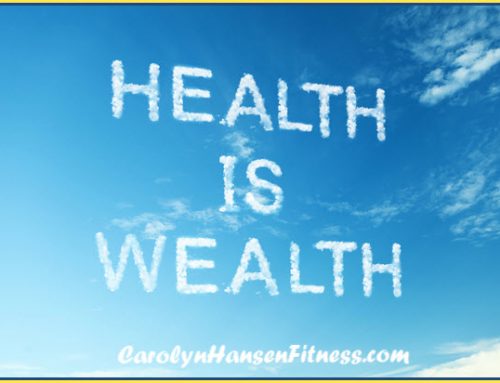
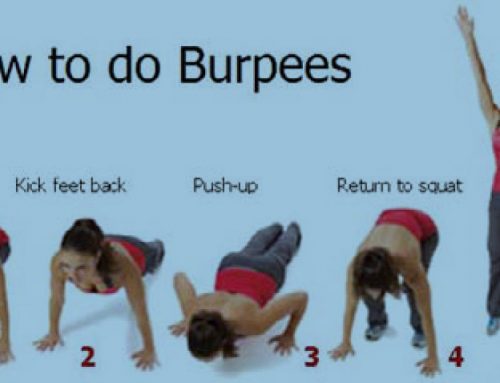
Leave A Comment